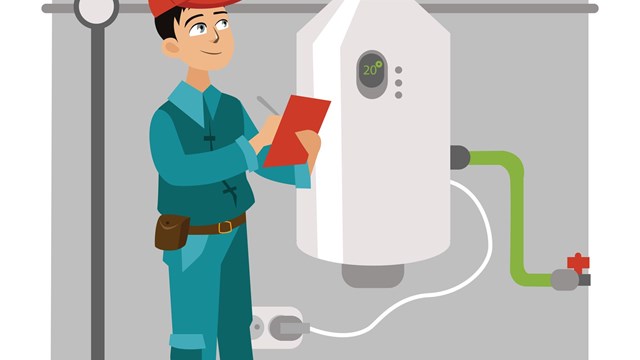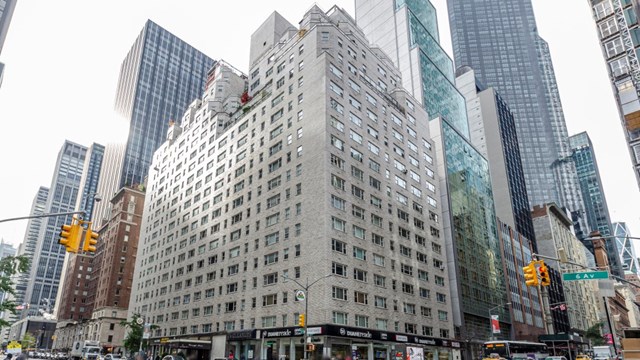With the advent of benchmarking and retrofitting programs in New York City and throughout the nation, more condo and co-op properties are becoming knowledgeable about the latest energy technology and its associated cost-savings. They are realizing those savings by making investments in energy-related upgrading. Whether these projects involve changing lighting fixtures, converting from oil to gas, or installing solar panels, they require what can be for many or any co-op or condo property a substantial cash investment.
Traditional Financing
According to Charles Ross, senior vice president at Sterling National Bank, which has corporate offices in Montebello and Yonkers, New York, this kind of financing was traditionally done “through a refinance of the underlying permanent mortgage on the co-op or a second mortgage, or in the case of a condominium through an unsecured line of credit.” These alternatives can be both time consuming and expensive, particularly the refinance of the entire underlying permanent mortgage on a co-op. Standard building mortgages can carry large prepayment penalties or may be at more advantageous interest rates than are currently available in the marketplace. Raising money through assessments of shareholders or condominium owners is an unattractive option in most buildings.
Some Alternatives to Consider
Today there are more options available. In New York City, there is the New York City Energy Efficiency Corporation (NYCEEC) , a non-profit specialty finance company; and Barrett Capital, a for-profit lender that offers individually-tailored energy efficiency financing specifically to co-op and condo buildings (Barrett Capital will provide financing outside of New York as well).
As outlined on its website, NYCEEC provided a loan to a co-op building at 321 West 90th Street on Manhattan’s Upper West Side to convert their boiler from #6 oil to natural gas and to install other related efficiency measures. The co-op was unable to refinance their existing underlying mortgage due to large prepayment penalties. NYCEEC provided an equipment loan in the amount of $400,000 of a total project cost of $548,000. The loan was provided on an unsecured basis to enable the co-op to leave both their underlying mortgage and their existing line of credit in place. The project yielded an annual savings of $26,625 and a greenhouse gas reduction of 33 percent. It also brought the property into compliance with Local Law 43.
Barrett Capital offers a full range of financing possibilities, including senior position underlying mortgages to co-ops and condo association loans, junior liens, lines of credit and unsecured financing. They also provide financing structures for energy-efficiency programs that employ capital and operating lease arrangements and shared savings plans that require no up-front costs to the borrower.
“The arrangement is not unlike leasing a car,” says Barry Korn, CFA and managing director of Barrett Capital. “The use and enjoyment of the property,” in this case-energy efficiency equipment such as LED light fixtures and bulbs, “rests with the lessee. Ownership and depreciation remain with the lessor. At the end the lessee buys the equipment.”
Additionally, shared savings plans like those used by Barrett Capital employ a performance-based service contract that applies the savings derived from the implemented energy savings to cover the cost of the project.
“I accept unsecured debt,” Korn says, “because I’m assessing the cash flow. If a building is credit worthy to begin with, they will be credit worthy afterward.”
The bottom line is that through these and other options, you could implement costs-saving energy-efficient projects according to your financial situation.
A.J. Sidransky is a novelist and a staff writer for The Cooperator and other publications.







Comments
Leave a Comment